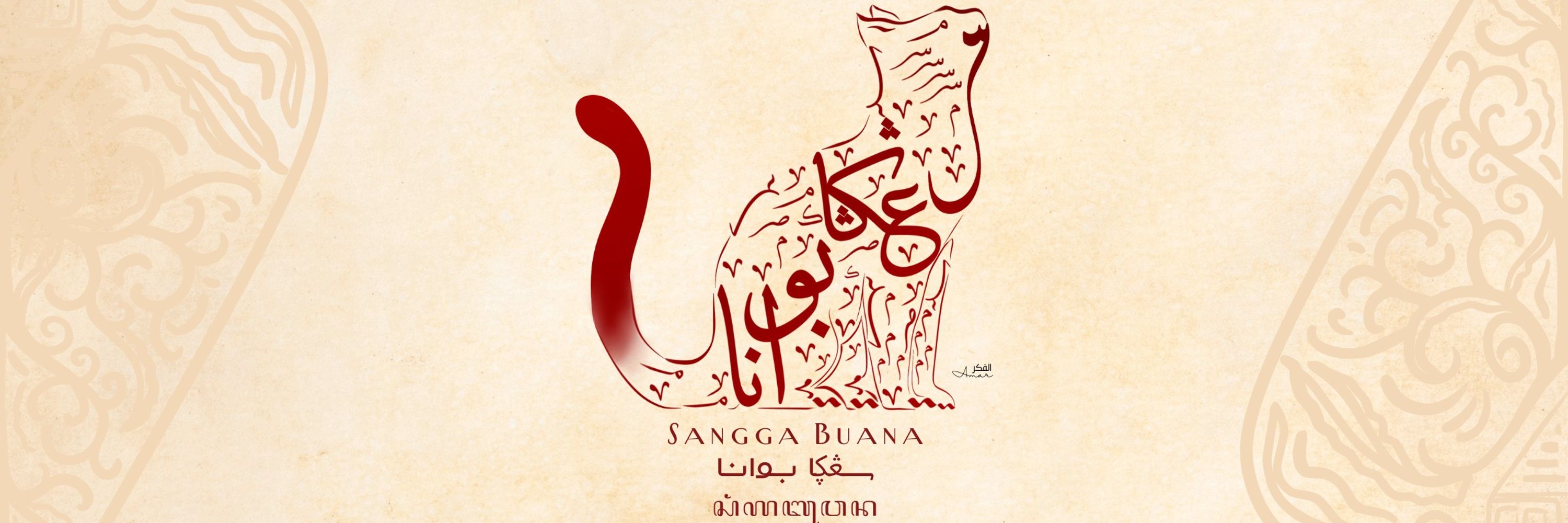Putri Prihatini
@putriprihatini.bsky.social
1K followers
260 following
1.2K posts
I blog about Tolkien from Indonesia. Love folklore, books, movies. East Javanese living in East Borneo. She/Her. Banner by Amar Alfikar. I want Free Palestine and transphobes getting shat on by vengeful pigeons.
My blog: https://putri2wotan.wordpress.com/
Posts
Media
Videos
Starter Packs
Pinned
Reposted by Putri Prihatini
Reposted by Putri Prihatini
Reposted by Putri Prihatini


































